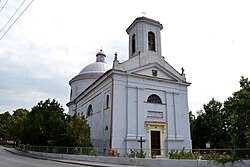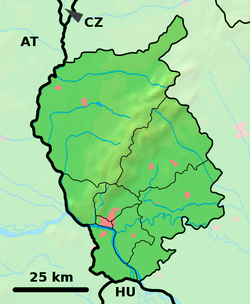
Modra is a city and municipality in the Bratislava Region in Slovakia. It has a population of 9,201 as of 2013. It nestles in the foothills of the Malé Karpaty and is an excellent centre for hiking.

Dunajská Lužná is a municipality (village) in the Bratislava Region of western Slovakia in Senec District.

Senec is a town in the Bratislava Region of south-western Slovakia. The town is the administrative seat of the Senec District and its largest municipality. In 2022 it had a population of over 20,000.

Dolné Strháre is a village and municipality in the Veľký Krtíš District of the Banská Bystrica Region of southern Slovakia.

Blatné is a mid-sized village in Senec District in the Bratislava Region of western Slovakia, about 5 km north of Senec. It lies on the fork of roads connecting Senec with Trnava and Senec with Modra and Pezinok. Currently, the village has around 1,500 inhabitants.

Báhoň is a village and municipality in western Slovakia in Pezinok District in the Bratislava Region. The village of roughly 1,833 people is located next to Kaplná, east of Pezinok and south-west of Trnava.

Vištuk is a village and municipality in western Slovakia in Pezinok District in the Bratislava region. The town is located north of Senec and east of Modra.

Šenkvice is a village and municipality in central Slovakia in Pezinok District in the Bratislava region. The town of over 5,300 people lies east of Pezinok and south of Modra, and is connected to each via a main road. Another road connects Šenkvice to Blatné, which lies about five kilometers south-east.

Bernolákovo German: Lanschütz, former Slovak names: Čeklís, Čeklýs) is a village and municipality in western Slovakia in Senec District in the Bratislava Region.
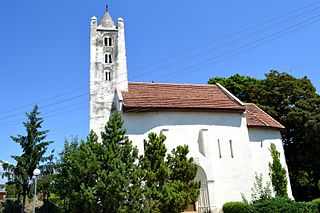
Hamuliakovo is a village and municipality located in the Senec District, Bratislava Region, Slovakia.

Hrubá Borša or Nagyborsa is a village and municipality in western Slovakia in Senec District in the Bratislava Region.
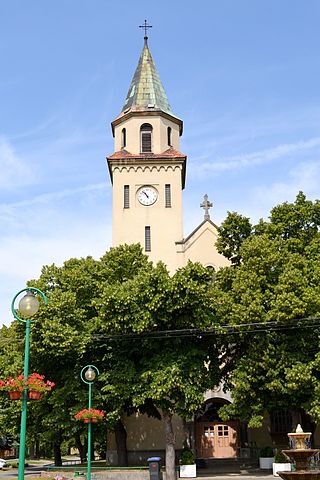
Kalinkovo is a village and municipality in western Slovakia in Senec District in the Bratislava Region.

Ivanka pri Dunaji is a village and municipality in western Slovakia in Senec District in the Bratislava Region.

Kostolná pri Dunaji is a village and municipality in western Slovakia in Senec District in the Bratislava Region.

Chorvátsky Grob is a village and municipality in western Slovakia in Senec District in the Bratislava region. It has a population of around 6,000 people.

Igram is a village and municipality in western Slovakia in Senec District in the Bratislava Region. It is located northeast of Senec, between the villages of Kaplna and Čataj. Currently, the village has around 550 inhabitants.

Kaplna is a village and municipality in western Slovakia in Senec District in the Bratislava Region. It is located about ten kilometres north-east of Senec on a road connecting Senec with Trnava.

Hrubý Šúr or Hegysúr is a village and municipality in western Slovakia in Senec District in the Bratislava Region.

Čiližská Radvaň is a village and municipality in the Dunajská Streda District in the Trnava Region of south-west Slovakia.
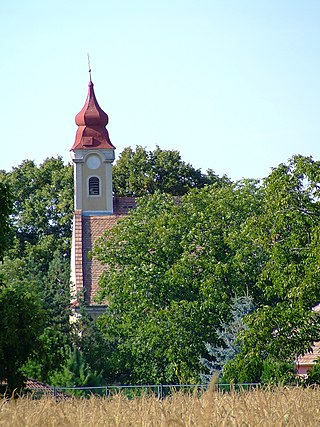
Horné Zelenice is a village and municipality in Hlohovec District in the Trnava Region of western Slovakia.
